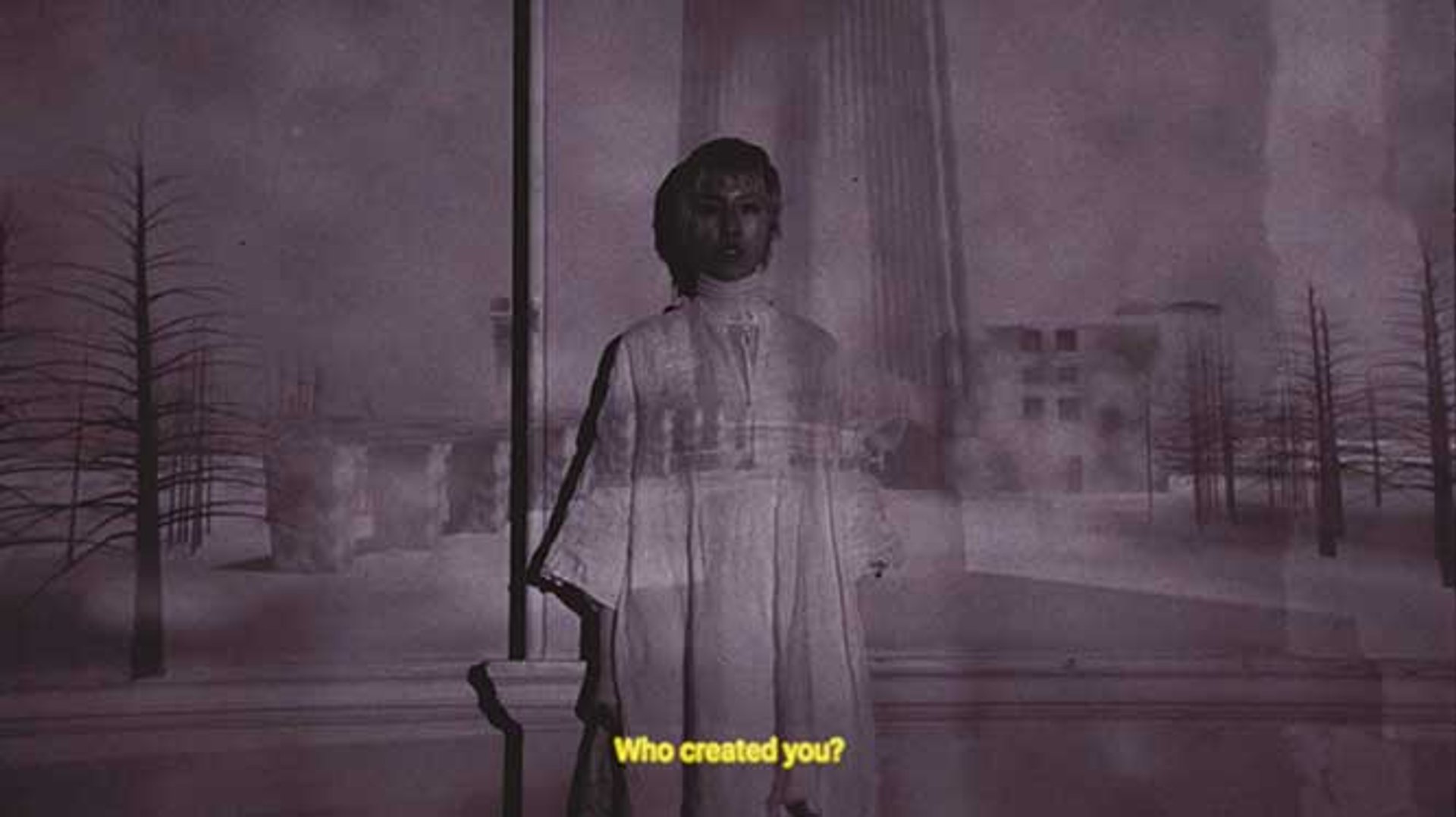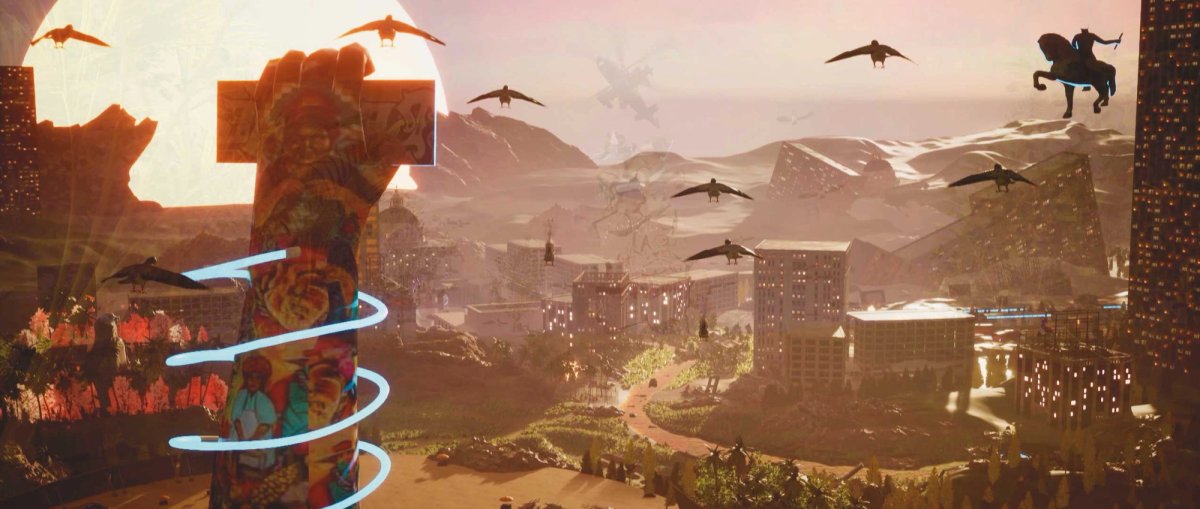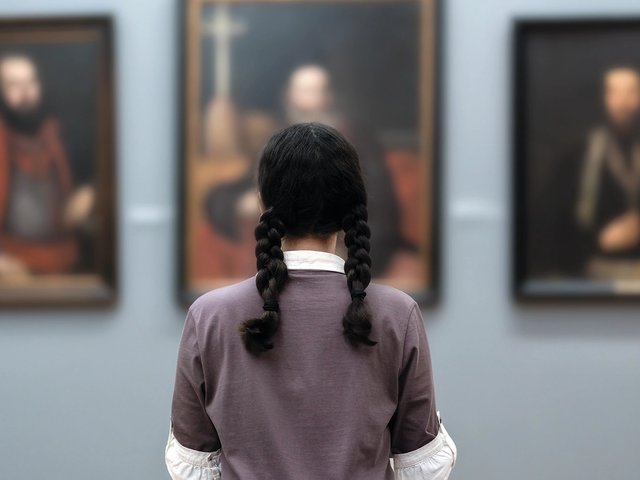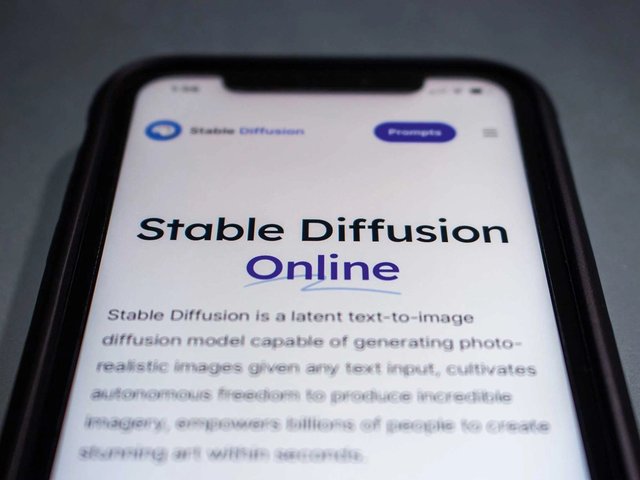Art created using artificial intelligence (AI) is burgeoning. From commercial gallery shows—including Jon Rafman’s large-scale, algorithmically generated paintings at Sprüth Magers in London (Ebrah k’dabri, until 25 March)—to the PATH-AI artist residency organised in collaboration with London’s Somerset House, AI-related art projects are springing up everywhere. An image generated by the AI programme Midjourney, Théâtre D’opéra Spatial by Jason Allen, even won a digital art prize at the Colorado State Fair last year, prompting a bitter backlash on social media over a perceived “death” of the artist.
AI art produces works through machine learning, using self-generating algorithms that derive knowledge from data, says the technology commentator Adam Hencz. “AI art is the result of a collaboration between an artist and an AI system, but the level of autonomy can vary considerably, and the outcome relies heavily on the quality of the data the AI learns from,” he writes in the journal Artland.
There are several subsets of AI art, encompassing deep learning, whereby a computer system accurately learns how to perform a task; artificial neural networks that simulate processes in the human brain; and embodied AI, which controls a physical object such as a body or robot arm.
AI has the potential to open the gates... just as photography liberated painting from pure factual representationJon Rafman, artist
Artists in the field stress that AI is prompting a paradigm shift. Rafman says: "I have been using AI in one form or another since I began making art on computers in the 1990s. I only truly started using image-generating AI tools around 2020. But the levels of sophistication of the AI algorithms have developed so rapidly that it feels like I have moved from using a 3000-year-old ancient lyre to a Stradivarius violin in two short years."
His 40-minute film at Sprüth Magers, Counterfeit Poast (2023), is entirely generated from AI imagery; the characters in it are animated using an iPhone facial motion-capture app. “AI has the potential to open the gates for new perceptions of image-making just as the development of photography liberated painting from pure factual representation and allowed painters to focus on other dimensions, such as colour, light, and movement,” Rafman adds.
The new normal
The German digital artist Mario Klingemann has been working with AI since 2015, developing works such as Memories of Passersby 1 (2018), which employ a system of neural networks to generate a never-ending stream of portraits. “I think artists should embrace or at least try out the possibilities that AI offers,” he says. “This technology will become the new normal.”
Klingemann explains how he harnesses AI, creating works where the boundaries between human influence and machine creation become increasingly blurred. Botto, for instance, is a project to create an entity that can be perceived as an autonomous artist. “It is set up as a hybrid between an AI that makes its own creative decisions and a community of human stewards that vote on Botto’s proposals and thereby curate the output and indirectly steer the artistic development of the machine,” he says.
Three artists have been selected for the six-month remote artist residency programme PATH-AI, which has been developed by the Alan Turing Institute in London, the University of Edinburgh and the RIKEN research institute in Japan. The AI-inspired works of Nouf Aljowaysir, Chris Zhongtian Yuan, and Juan Covelli are presented on Somerset House’s online curated space known as Channel. Brooklyn-based Aljowaysir has made a film, Ana Min Wein (Where Am I From?), which tracks her immigration path to the US, charting her family’s migration history across Saudi Arabia and Iraq. An AI assistant supports her journey in the film.

A still from Chris Zhongtian Yuan’s film Cloudy Song (2022), also on show on Channel
Courtesy the artist
The AI art revolution is also unearthing ethical and legal issues around the concept of authorship. Whether AI-generated works are eligible for copyright protection varies from country to country, says Cem Dilmegani, an analyst at the technology research company AIMultiple. “In general, we can say that substantial human involvement is required for its eligibility,” he adds.
AI systems increase the productivity of those who adopt them, so artists working in sectors where quantity and speed are primary factors will have to adapt to survive, says Perry Jonsson, an Edinburgh-based film-maker who also creates digital art using AI tools under the moniker Cirque.Blue However, he also warns of “a steady decline into the monoculture, where everything looks and feels the same”.
As for the market in AI art, Jonsson believes we should expect to see the value drop as the supply of cheaper work increases. “When anyone can generate images to spec in seconds with only a few keywords and the click of a button, it can only lead to a saturated market,” he says. “Suffice it to say, Pandora’s box has been opened.”





